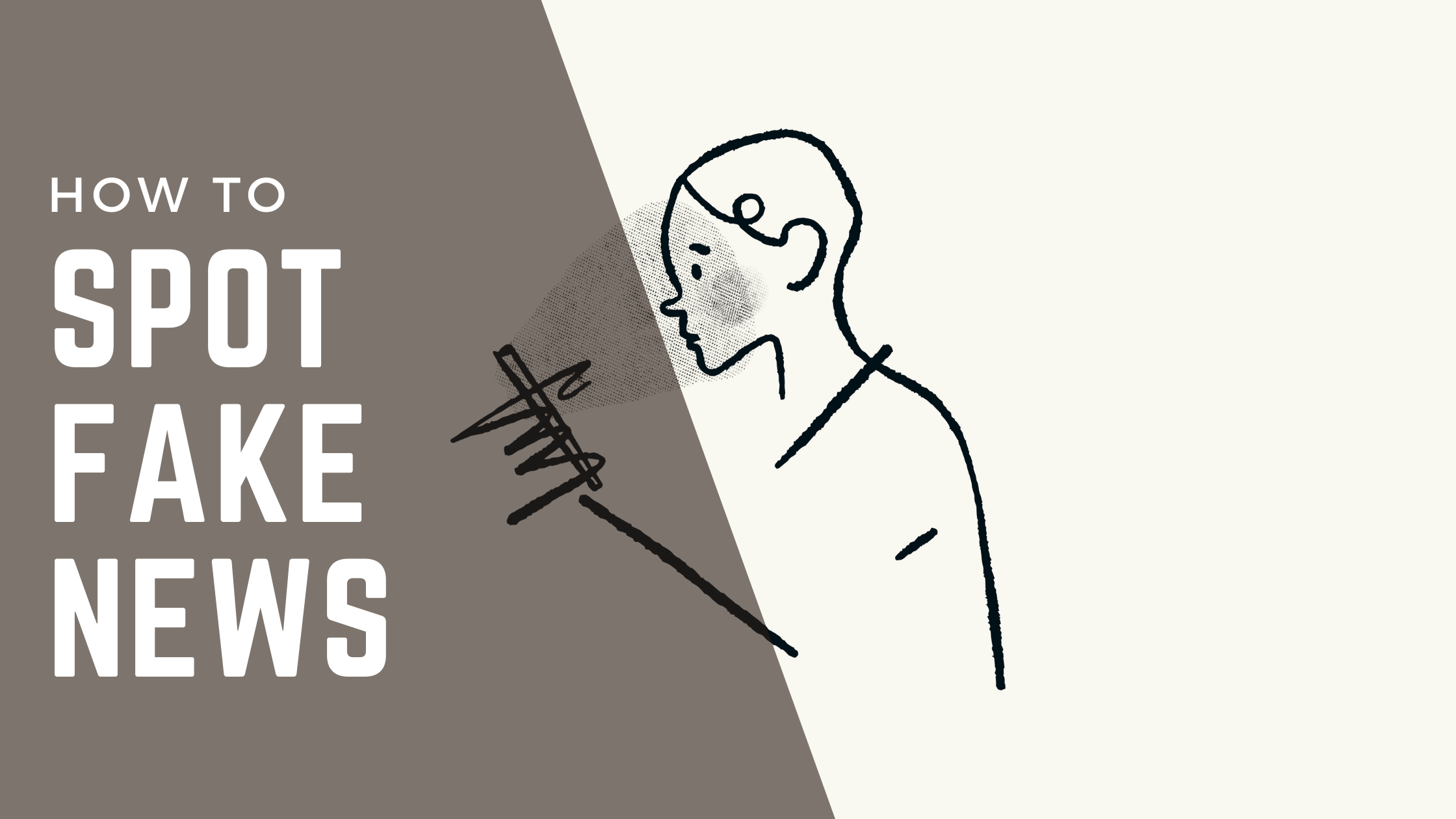How to spot fake news on social media
We've all heard of the expression "fake news", but what does it really mean? And how can we spot it on social media? In this blog post, we'll walk you through some tips on how to identify fake news online, so you can be confident in the information you're sharing. Stay safe and informed!
What is Fake News?
Fake News is defined as "false information or hoaxes spread deliberately on the internet to damage a person, group, or organization." (Source: Oxford Dictionaries). In other words, fake news is created with the intention of causing harm - whether that's to an individual, a business, or even a country.
Fake news has been around on the internet for a long time, but in recent years it's become more prevalent on social media. This is because it's easy to share fake news stories on social media platforms, and they can spread very quickly.
Fake news can cause a lot of damage. It can ruin reputations, cost businesses money, and even start wars.
How can you spot fake news?
So how can you spot fake news on social media? Here are some tips:
- Check the source. Make sure you're getting your information from a reputable source. If you're unsure about the credibility of a website, do a quick Google search to see if there are any articles calling it out for fake news.
- Consider the tone and language used. Fake news stories often use sensationalist or inflammatory language. If something sounds too good (or too bad) to be true, it probably is.
- Be skeptical of headlines. Headlines are designed to grab your attention, but they don't always reflect the content of the article. Read beyond the headline before you share something - you might be surprised at what you find.
- Look for other reports: Have other websites or news outlets reported on the same story? If not, that could be a red flag.
- Check the date: Fake news stories often get shared long after they were first published. So if you see an article that's dated several months or years ago, be careful.
- Watch out for manipulated photos and videos: Photoshop and other editing tools can be used to manipulate photos and videos to make them look real. But if something looks too good (or bad) to be true, it probably is. Deepfakes are a new type of fake video that's becoming increasingly realistic like the infamous Obama Deepfake - so be extra skeptical of anything you see online.
How to report fake news
If you see fake news on social media, don't share it! You can help stop the spread of fake news by being a critical thinker and using good judgement.
If you're not sure whether something is fake news or not, you can report it to the social media platform where you found it. Facebook, for example, has a dedicated "Report fake news" button that you can use to flag suspicious content.
You can also report fake news to fact-checking websites like Snopes or Factcheck.org. These websites will investigate the story and let you know if it's true or not.
If you're ever unsure about the authenticity of a story, it's always best to err on the side of caution and double-check before you share it. A few minutes of research can save you a lot of embarrassment (and potential legal trouble) down the road. Happy surfing!
And if you found this blog post helpful, be sure to share it with your friends! Help us fight fake news one social media post at a time. :) Thanks for reading! -The Social Media Team at Spotlite
For more information on this topic, check out these articles:
- How to spot fake news (BBC News)
- Fake news: how to spot it and what to do about it (The Guardian)
- These 6 tips will help you spot misinformation online (Poynter)

